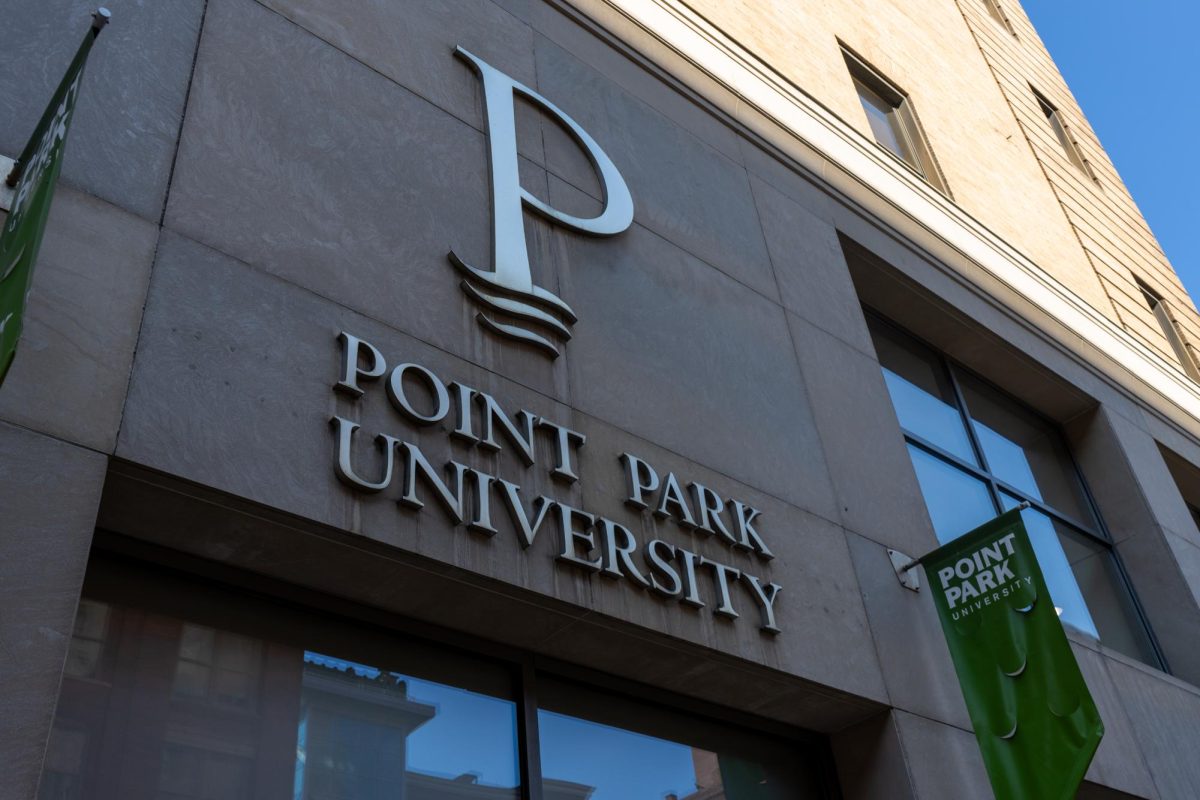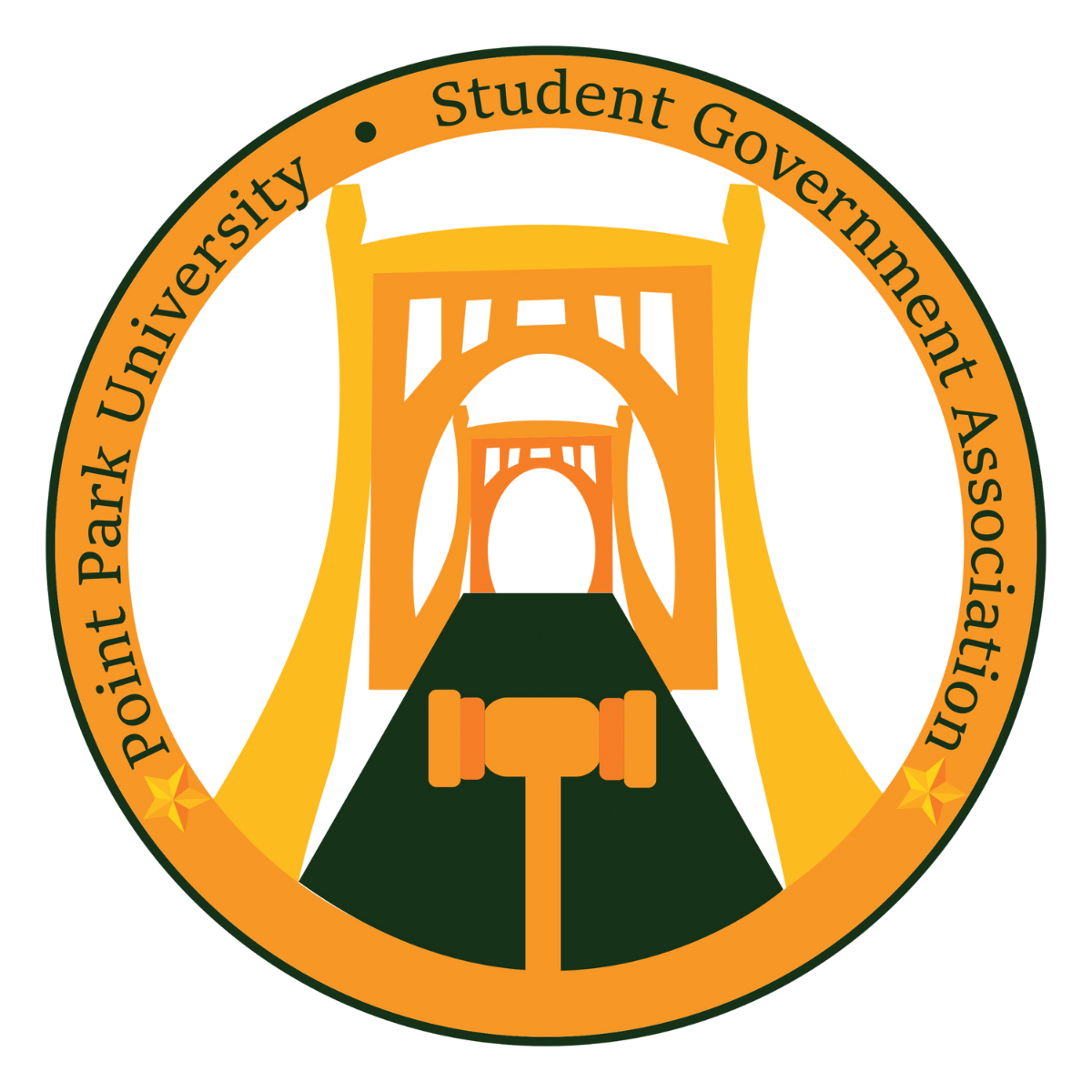The number of Chinese international students coming to the United States to attend college is on the rise. Yet while larger schools like the University of Pittsburgh and Carnegie Mellon University (CMU) have over 1,500 Chinese students combined, Point Park University has only one Chinese student in its international program. Similarly, the ELS program on campus does not have any Chinese students. Rebecca Lee, director of International Student Services and Enrollment, believes Point Park is bypassed because many Chinese students typically seek larger universities with more specialized fields of education in the science and math realms. “It’s a rating system. They want the rank and the big universities. That’s the problem that all medium, moderate universities have in the U.S., because they all want to go to Pitt and CMU,” Lee said. “It’s part of the reason why we got into GPEP [Global Pittsburgh Education Partnership], so we can get the name of Pittsburgh as a global education center area out there.” GPEP, an organization created to attract more international students to universities in Pittsburgh, aims to increase the international enrollment number, which is currently 7,000 in the city, by 10 percent within the next five years. With 127,628 Chinese students studying in the United States currently, China recently surpassed India and became the top sender of international students to American educational institutions. There is a 30 percent increase of Chinese students, according to a study released by the Institute of International Educationin the Post-Gazette.China’s prosperous economy is often cited as one reason why many students within the country are able to travel abroad and afford the expenses of an American university. “Areas of the world that have the stronger economies obviously are able to send their students abroad. Initially, the students that can come to Point Park are the ones that know it’s not $3,000 to get an education in the United States,” Lee said. “It’s not a government subsidized education program, so they understand it’s something they’re going to have to put some more resources toward.”Elysia Purnell, a junior sport, arts and entertainment management major, frequently travels to China and is a transfer student from the Chinese University of Hong Kong. She helps other Chinese students to prepare for the tests necessary to become an international student, and said many Chinese students had an easier time applying for a Visa in the United States than in past years. Purnell also added that more Chinese students might be interested in Point Park if they were aware of the Conservatory of Performing Arts. “I’d like to see more Chinese students come here to study dance, for instance. I think that would be a really good area to expand upon in terms of recruitment,” Purnell said. “I think … maybe when recruiting, there isn’t such a large emphasis placed on that.” Second to China, India’s number of international students sent to the United States has grown by two percent in the past year, increasing the number to 104,897 Indian students. At Point Park, six students are from India, making it the second most represented country in the international program.In addition to China and India, Canada remains the fourth top sender for international students to the United States, despite the fact that it dropped 5 percent in the past year to 28,145 Canadian students. Canada is the most represented country in Point Park’s international program, with 10 students, which Lee attributes to the ease at which Canadian students can apply and be accepted into American universities. Trailing closely behind Canada and India, the third most represented country in Point Park’s international program is Turkey, a country with a rapidly growing economy. Five Turkish students are currently enrolled at Point Park. Mine Kara, an ELS student from Sakarya, Turkey, said although the process of obtaining a Visa to the United States still remains difficult, more students from Turkey are showing an interest in studying at an American university because it will better their chances of being hired when they return to Turkey. “In Turkey, students want to come to America to study, and they think it will benefit them. They generally get their masters degrees first [in America] and go back to Turkey and get really good jobs,” Kara said. “Because normally, employers prefer the sophisticated ones. If you … know any other foreign languages, you can get the job easily.” Indonesia is currently the fourth most represented country in Point Park’s international program, with four students. Lee also added that for the first time, students from countries such as Uzbekistan and Kazakhstan have been applying to Point Park, and the first student from Mexico was accepted into the international program for the fall 2010 semester.Furthermore, a large Saudi Arabian population is represented on Point Park’s campus and within the ELS program. This is in part because Saudi Arabia sent 15,810 students to study in the United States this year – a 25 percent increase from last year.Turki Alruqi, an ELS student from Riyadh, is one of the many Saudi Arabian students who came to the United States on a scholarship, which pays for his ELS studies and provides him a salary. He believes the number of Saudi Arabianstudents in American universities has skyrocketed due to the recent implementation of scholarships given to students to study English in the United States and Canada.
Breaking News











